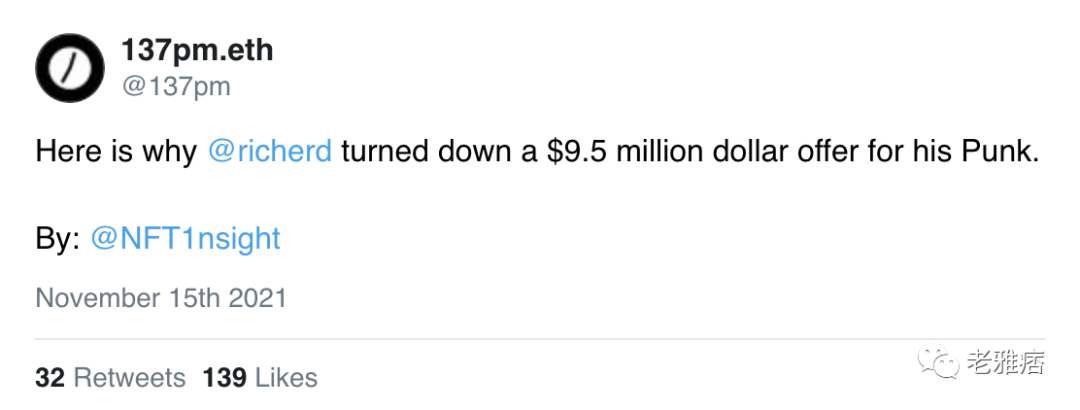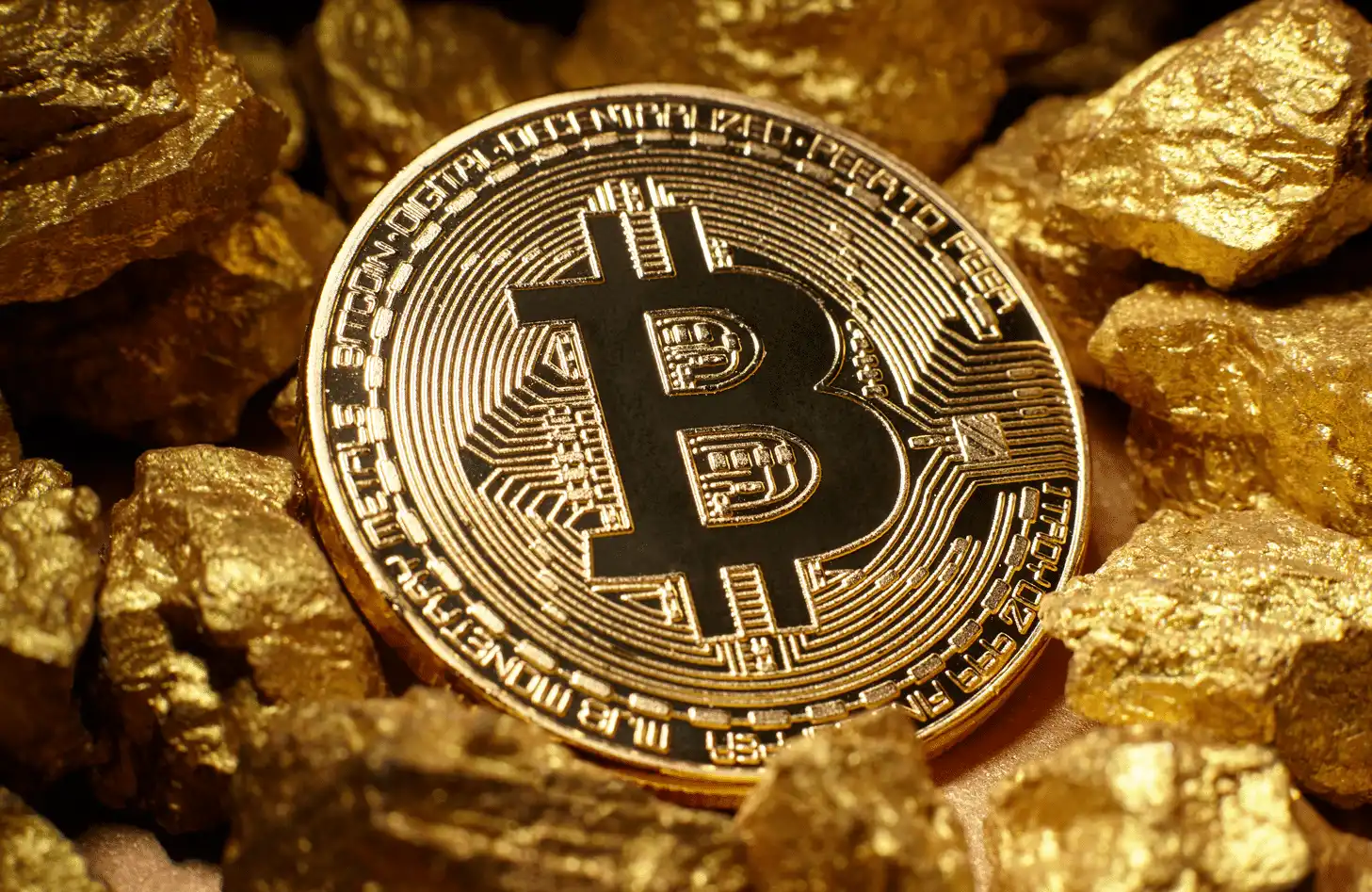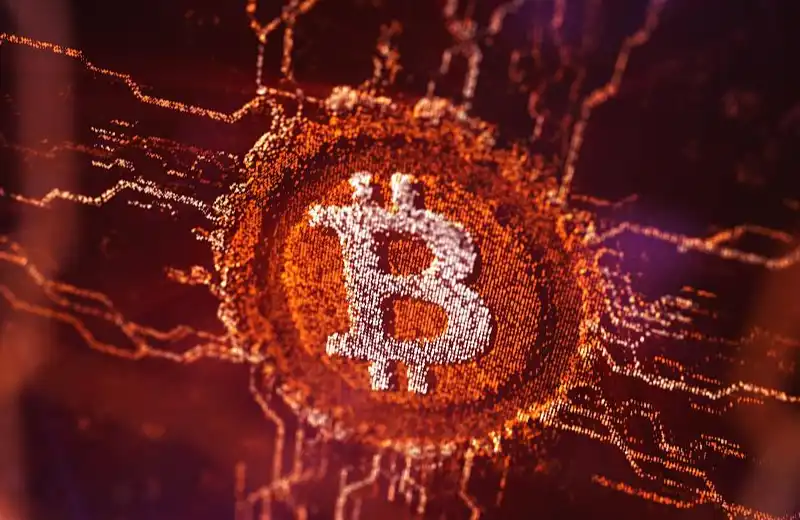Six key factors that influence the value of NFT
What affects the Value of NFT?
原文来源: nft-insight
This article is from the official account:Old yuppie
When my family and I showed our uncle a boring ape on OpenSea, his initial reaction was confusion and shock." How is that monkey worth $200,000?" He exclaimed.
For many people, it's hard to understand how NFT art can sell for hundreds of thousands of dollars, and not being clear about what's going on behind the scenes can leave them wondering about what's really going on in the NFT space. The question many people are asking is, does aesthetics really matter? It certainly doesn't matter if a few pixels are selling for thousands of dollars. Or is there something more fundamental behind the psychology of collecting, surely more behind their attribution of value to NFT?
The answer is yes...
The fundamental value of NFT is enriched by many important variables, from ownership, identity, scarcity, aesthetics, community, technology, and utility. Each value has its own importance and contributes to the desire and value of a certain NFT.
In this article, we will explore these issues and the logic collectors apply when collecting NFT, specifically what affects value and why they are important.
The value of owning
Let's first consider how NFT accumulates value. How is this possible? Well, they are valuable for many reasons, many of which are outside the realm of art itself.
Although it has taken centuries for currencies to gain their inherent value and exchange, cryptocurrencies are rapidly challenging the status quo that NFT provides a way to channel and capture the public's attention in a form that is not forged. NFTs is the first to provide proof of ownership for digital assets by using blockchain, with each NFT contract having a token ID number followed by an address belonging to the owner. In the Web2.0 world, where owning something digitally is hard to pin down, the word "ownership" is multifaceted and can be interpreted in many ways. For example, someone can right click and save a picture and claim they own it, and technically they will do so because it now belongs to the downloaded file on their PC. But is this real ownership?
Importantly, NFTs are a completely novel asset class, as well as unforgeable, which means they are unique. They cannot be copied or copied because they are stored on the blockchain, a network of public ledgers where provenance and transactions are tracked. So anyone can find things like who first owned the NFT, how much it was bought and sold for, and when it was first cast. As a result, we can easily determine what is true and what is false, so that we can also assign value to it.
NFTs have metadata, which is arguably another source of value, and you can insert information through attributes. The most widely used are descriptions, images, and names. Moreover, it is not just images that fall under NFT's purview; a range of media forms such as GIFS, text, video, music, and games can be minted and sold as NFT.
It's also important to note that blockchains are trust-free, meaning no psychological trust needs to be involved in any interaction or transaction, it's decentralized, automated by computer technology, and no one person owns or directs them. This is the key difference between Web2.0 and Web3.0.
So, in a nutshell, NFTs are stored on a blockchain, they have a clear owner, and point to metadata files that are linked to the authention itself. Therefore, these three sections will allow you to buy and sell NFT. Essentially, you have the ability to buy ownership and transfer it to another owner without being influenced by a centralized platform or third party. Thus, this form of true ownership is what makes NFTs accumulate value.
Value of members
It's not just provenance that creates value for NFTs; membership is just as important.
Human beings are cultural, tribal and have a desire to communicate. Community is a concept we are all born with, something everyone aspires to, or is a part of in some form. Whether it's a niche interest, hobby or friendship, we all have our own circles where we meet like-minded people. It could be in the real world, or it could be online.
NFTs are a tool for community development, and many are available as membership tokens. NFTs give us a means of recording in the community which members of the community have a particular NFT. In BAYC's case, anyone who can prove they own a boring ape is welcomed into a community where many different functions await them. They had access to a private chat room, were invited to social events and parties, and their investment provided them with the opportunity to connect with other BAYC holders.
Not only that, they also have the opportunity to earn additional tokens, for example via airdrop, including the boring Ape Dog Club and mutant Ape Yacht Club. This concept has also been adopted by many previous NFT series, where purchasing an NFT provides you with exclusive tickets to that particular community, giving the holder the opportunity to enter the ecosystem and benefit from the social and economic benefits of their community.
People without NFT don't have the same opportunities and the ability to network, build their own brand, and profit from collecting.
Clearly, value is generated at the micro level, much deeper than NFT's art suggests. Value can be created in a tight-knit community of 100 collectors, and it is this community that can help sustain it, depending on their level of commitment.
The value of identity
Like community, our identity is intrinsically important to our daily lives, and in many ways it is intertwined with status. We present ourselves to the world in a way that enables them to understand who we are and what our background is. We might wear an expensive watch, we might shape our hair a certain way, or we might even grow a big, bushy beard. All of these things are conscious decisions, and we often maintain them in an attempt to tell the world something about ourselves.
Although NFTs are abstract concepts, not physical objects, they work in the same way that we use NFTs to tell the digital world something about ourselves. Whether it's displaying a treasured painting in your metasverse gallery to express your taste, or the profile picture you set as your profile picture, they all have an impact on how the wider world sees you, and so value is added.
Subsequently, many collectors began to adopt NFT as their digital identity, and it was this positive identity that expanded the ecosystem and encouraged NFT to thrive. I use a boring ape as my personal photo on Twitter and Linkedin, which is my way of seeing and representing myself in front of others. Also, it's an effective networking tool that validates that I'm part of the BAYC community and I benefit from it.
In one case, "Crypto punk" owner Rich D turned down a $9.5 million offer for his NFT, choosing to keep the avatar instead of cashing it in. Clearly, in some cases, the identity woven into our NFT proved invaluable, and accordingly, brand value and community seemed to matter more than anything else. When discussing the issue with Richerd, he said:
"You could argue that our online identities are just as powerful as our real-life personas, if not more so. Online, you can be whoever you want to be if you choose, and the meta-universe does not discriminate against age, gender, or race. So for a lot of people, you can actually express your thoughts and ideas more freely."
I wrote more about this in the following article.

Aesthetic value
background
The value of the NFT is assigned directly by the community, only they can assign monetary value, and they share this agreement with each other. It is then up to the community and the market to decide what is valuable and what is not. However, this is not only reflected in the artwork itself, many factors about the art and the artist can be considered. For example, we can find out how much money their previous works have sold, we can see how long they have been working on it, we can see who has collected their work, we can compare it with other art forms, therefore, we can make an informed choice about whether the art is valuable or not.
Scarcity and rarity
Collectors find beauty in the number or size of collectibles, for example, a single collectible seems to be more valuable than 10,000 NFT, because there is always only one NFT. Take Andrew Wong, a cool cat collector who bought the only cat standing on its head. Over the months, as the program has become more popular and popular, its value has exploded. That's why he turned down the $1 million offer, proving that scarcity is a fundamental contributor to NFT value.
Similarly, for rare items, a collection may have only a few features that can be attached to a particular NFT. Obviously, the rarer the rarity, the more valuable it is. However, rarity can also be derived from personal preference, and some low-ranking features have evolved into sought-after features in a matter of months, indicating that trends and community attribution of value are Paramount.
impact
Value can be arbitrary, and something can suddenly acquire value for no reason. But more often than not, there is something that sparks value, and it can also be caused by forces other than art. Take Crypto Skulls, a series that has been around since 2017. They failed to gain any breakthrough impact for years until recently, when the collection was touted as having the same cultural significance as Crypto Punks thanks to the hype of GaryVee, a YouTube blockbuster. Sales of the collection skyrocketed, with the floor price rising to more than 4 ETH in 24 hours. On reflection, it's not just art itself, it can also shine through people and influence.
Value of royalties
Unlike the Web 2.0 world, where artists must enforce copyright law to maintain ownership of their work, Web 3.0 and NFTs ensure that the art itself is their creation and ownership changes only when it is transferred.
Artists are generally miserable because making money from their art in the traditional world has proved difficult. Platforms have long retained control over the art world, and those who can make money from their craft are getting a big slice of the pie from these third-party platforms. However, NFTs are now increasingly appealing to the art world because of the opportunity to profit from your work through automatic royalties.
For example, artists can sell NFT, and from then on they will earn royalties on each transaction, and the royalties will increase with the value. Later, if the artist becomes more famous and the art becomes valuable, the artist also gets a share of the increase in wealth. Thus, this demonstrates the value that NFTs can offer, and in this case technology presents the opportunity to benefit from the sale of its artwork for the first time.
Practical value
Perhaps one of the most important contributors to the growth of NFTs value is utility.
Although when NFTs first appeared, the whole focus of value was on art, this has changed markedly in recent months, and accordingly, a number of additional factors have been considered. That is, what the team proposes in their roadmap, the vision of their plan, and what they can offer the community. The NFT that gets the most traction has provided practicality through airdrops, events that can only be accessed through NFT in real life, access to the meta-universe, governance through DAOs, and even the opportunity to cast other projects. So these benefits and programs are what make NFT even more valuable, so it's clear why an NFT like the Boring Ape Yacht Club can sell for hundreds of thousands of dollars.
This is an accumulation of all the factors discussed in this article. Ownership, membership, identity, rarity, scarcity, utility, and aesthetics. They make NFT more meaningful and help deepen feelings and attachments, both of which make it harder to use NFT solely for financial investments.
The applications for NFTs are endless, and recently the intersection of DeFi and NFTs has become more prominent, with collectibles providing the ability to trade NFTs for coins. Collectors then have the opportunity to earn passive income without having to do anything other than invest in NFT projects.
However, as the demand for more utility grows, collectors also see a divergence in value in pure art. The community became less and less satisfied with the prototype roadmap and more and more expected of the team itself, whether it was just an artist or not. The problem is, sometimes those expectations are unrealistic. The success of the greatest collectibles is based on new, exciting and unique ideas, and once that's done, it's hard for derivatives to sustain the same pattern for long, it becomes repetitive. Given the high stakes on the table, it is equally difficult to estimate what the NFT space will look like in a few years' time, and what was in vogue last week can quickly become out of fashion a week from now, so speculation is as important as utility in terms of ownership value.
At the time of this writing, gamification and tokenology are two of the most popular utilities a project can develop and provide to its community. However, this can change as you read.
Final thoughts
To sum up, value does not only come from art itself. While this is equally important and can be very important, it is the utility and factors behind the art that add the most value to NFT. Projects that combine these are the most successful in terms of features such as membership, identity, ownership and royalties. Without one or more of these elements, it is impossible for a project to create a collection of enduring value, as has been demonstrated by some of the largest blue-chip collections that continue to transcend art.
The original link
Welcome to join the official BlockBeats community:
Telegram Subscription Group: https://t.me/theblockbeats
Telegram Discussion Group: https://t.me/BlockBeats_App
Official Twitter Account: https://twitter.com/BlockBeatsAsia


 Forum
Forum Finance
Finance
 Specials
Specials
 On-chain Eco
On-chain Eco
 Entry
Entry
 Podcasts
Podcasts
 Activities
Activities
 OPRR
OPRR








